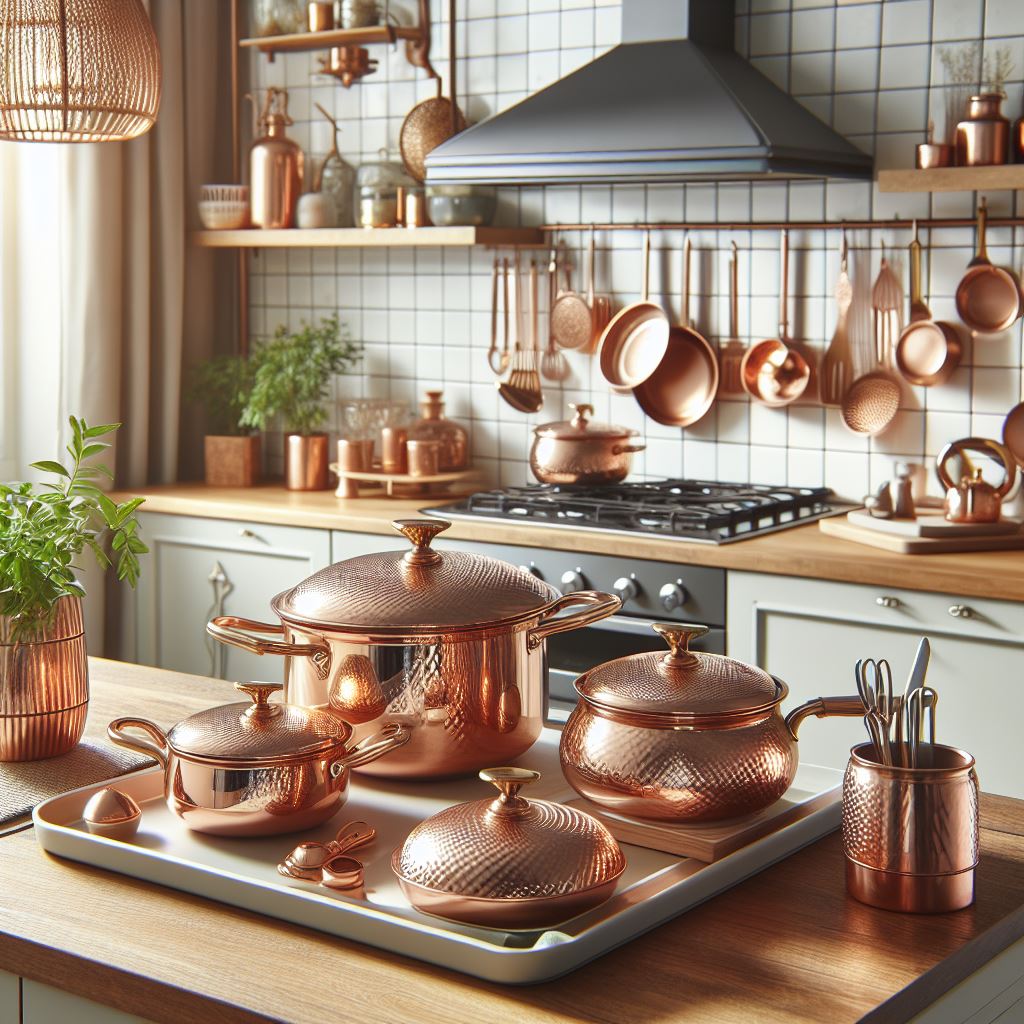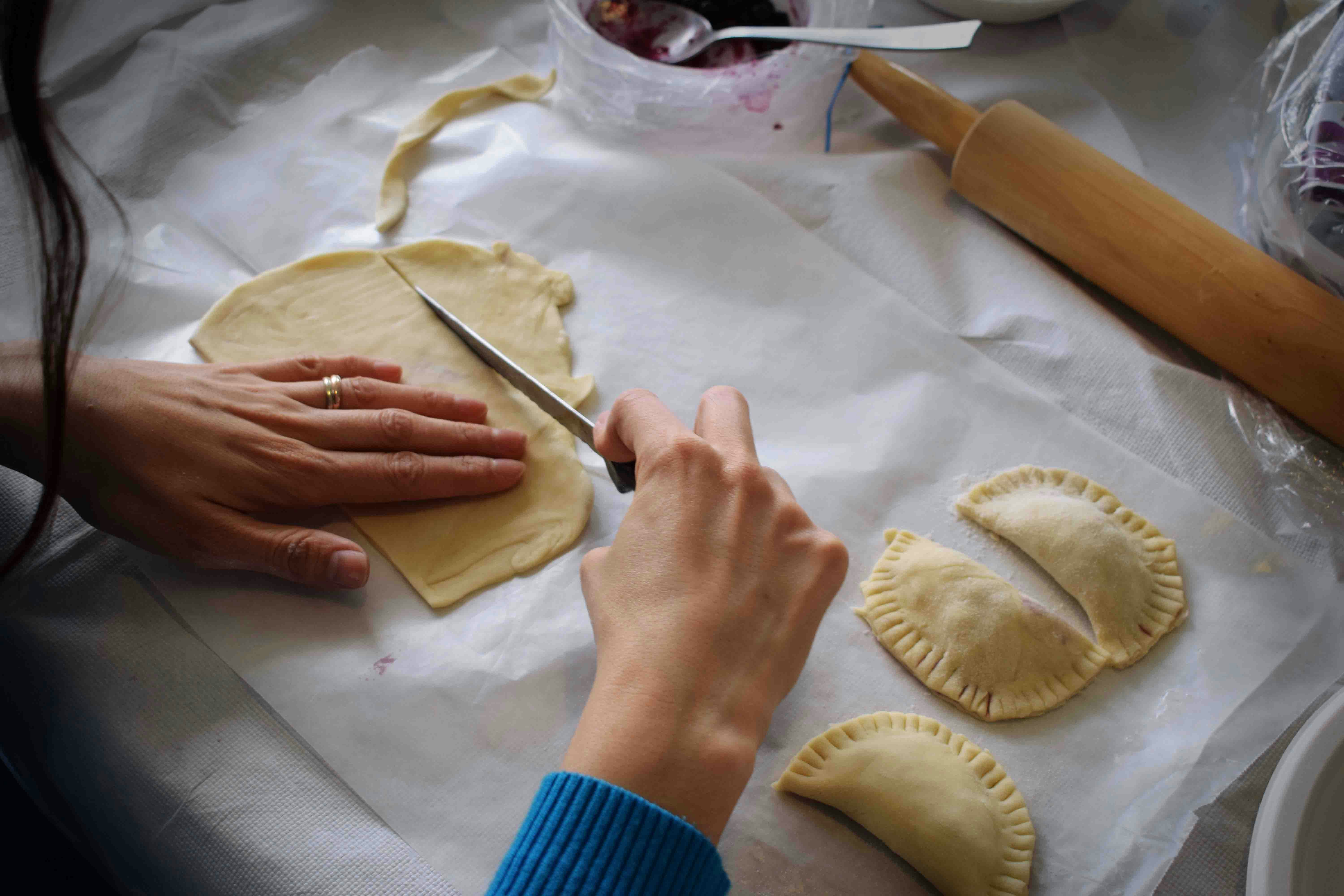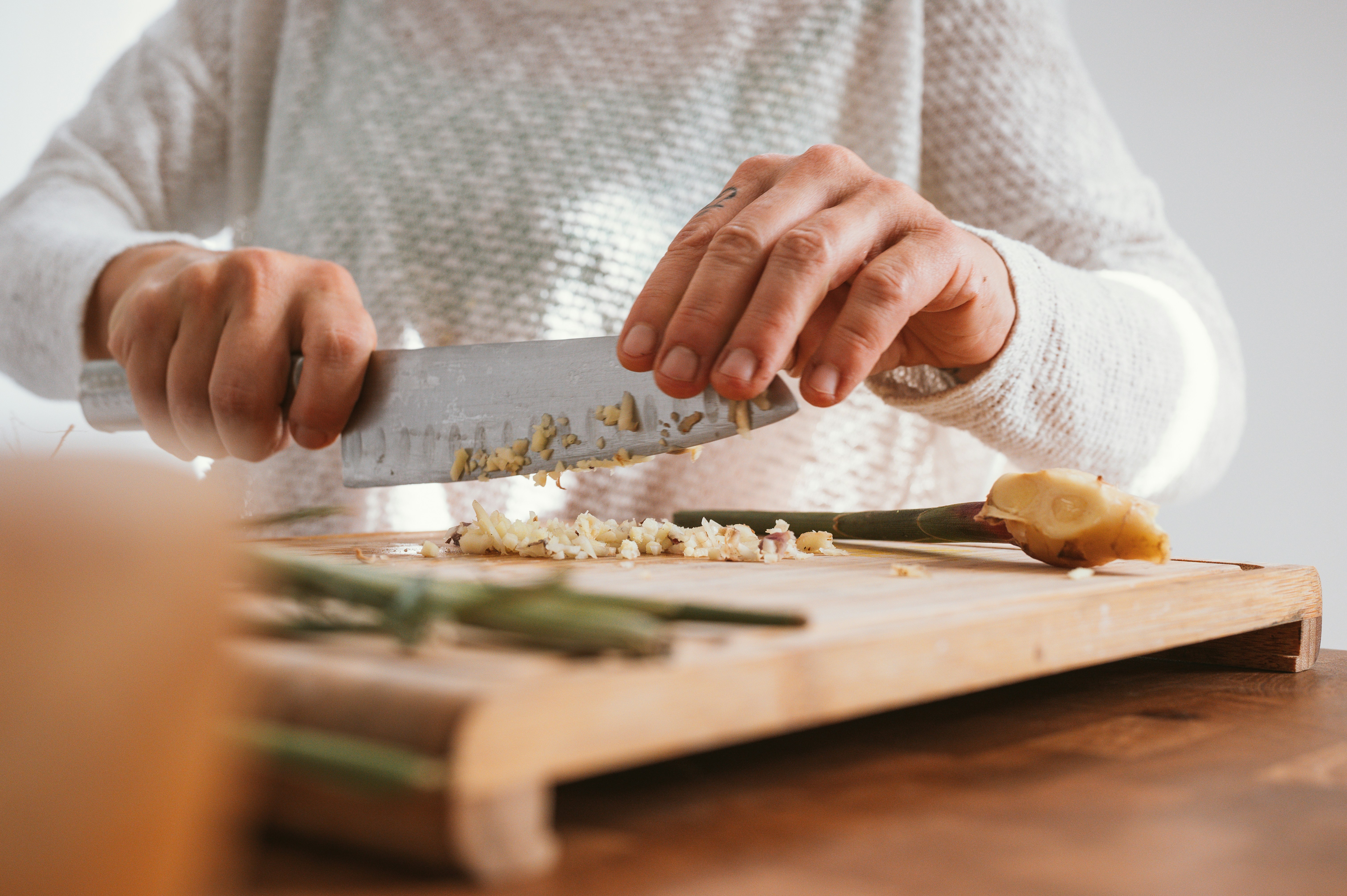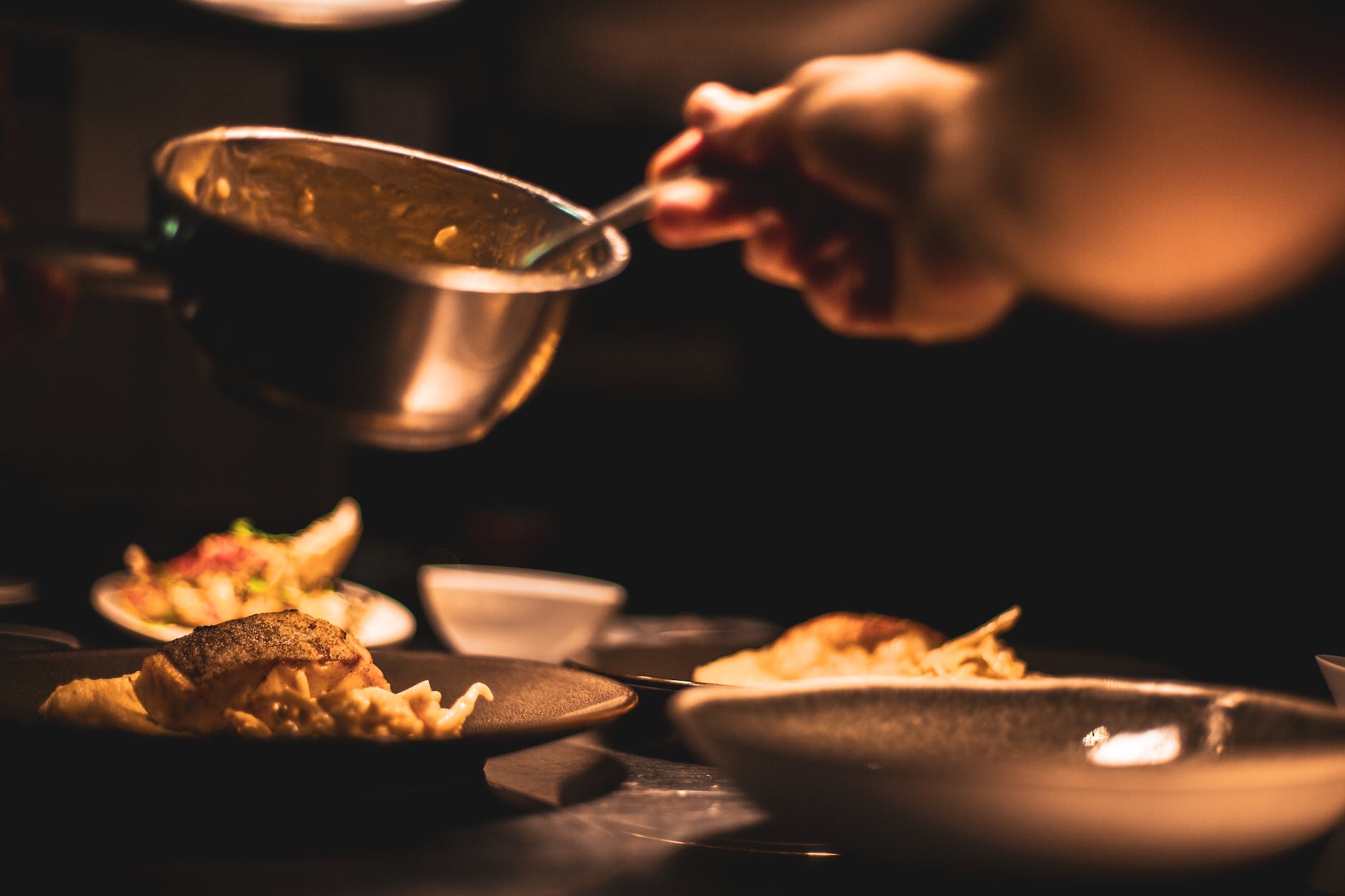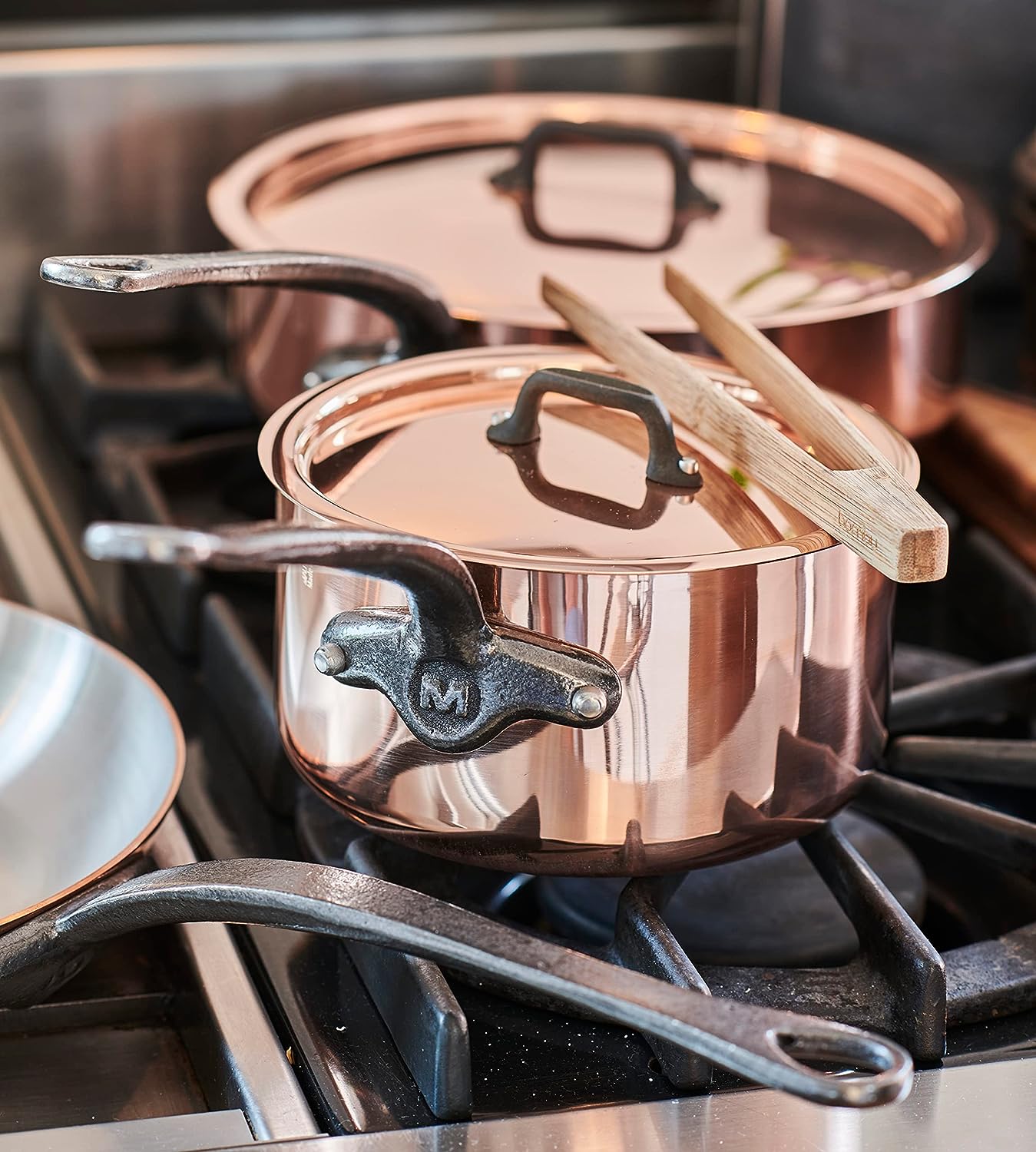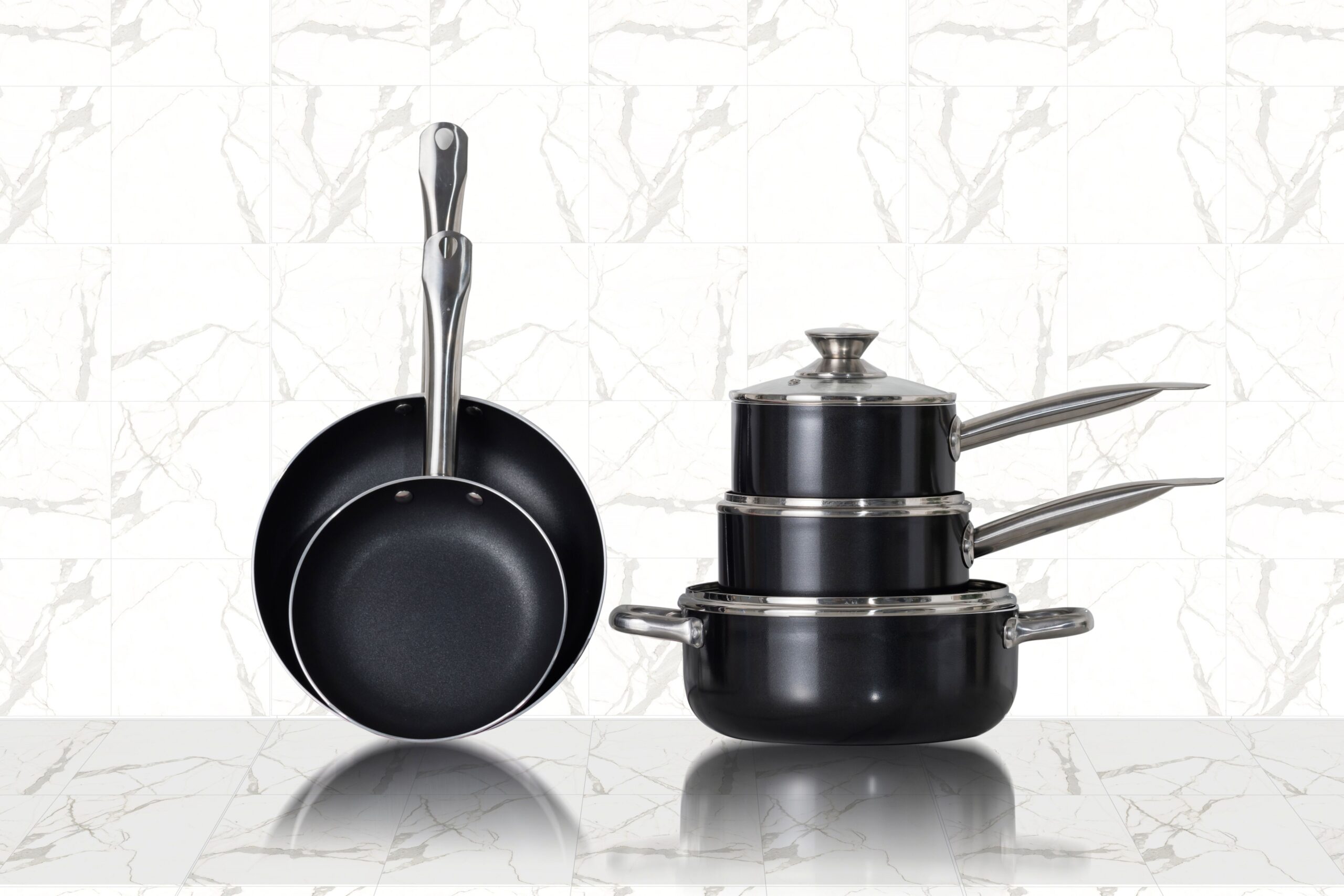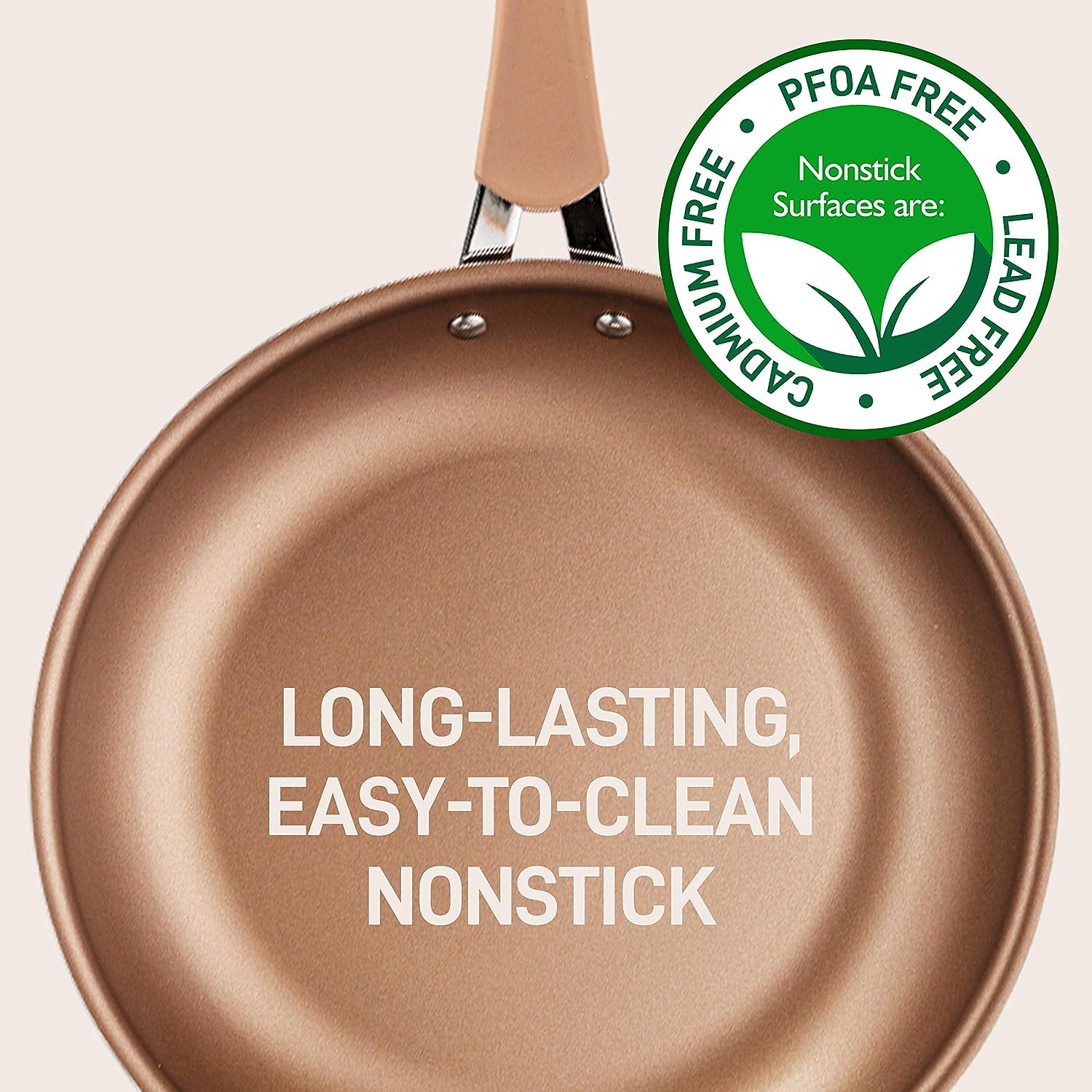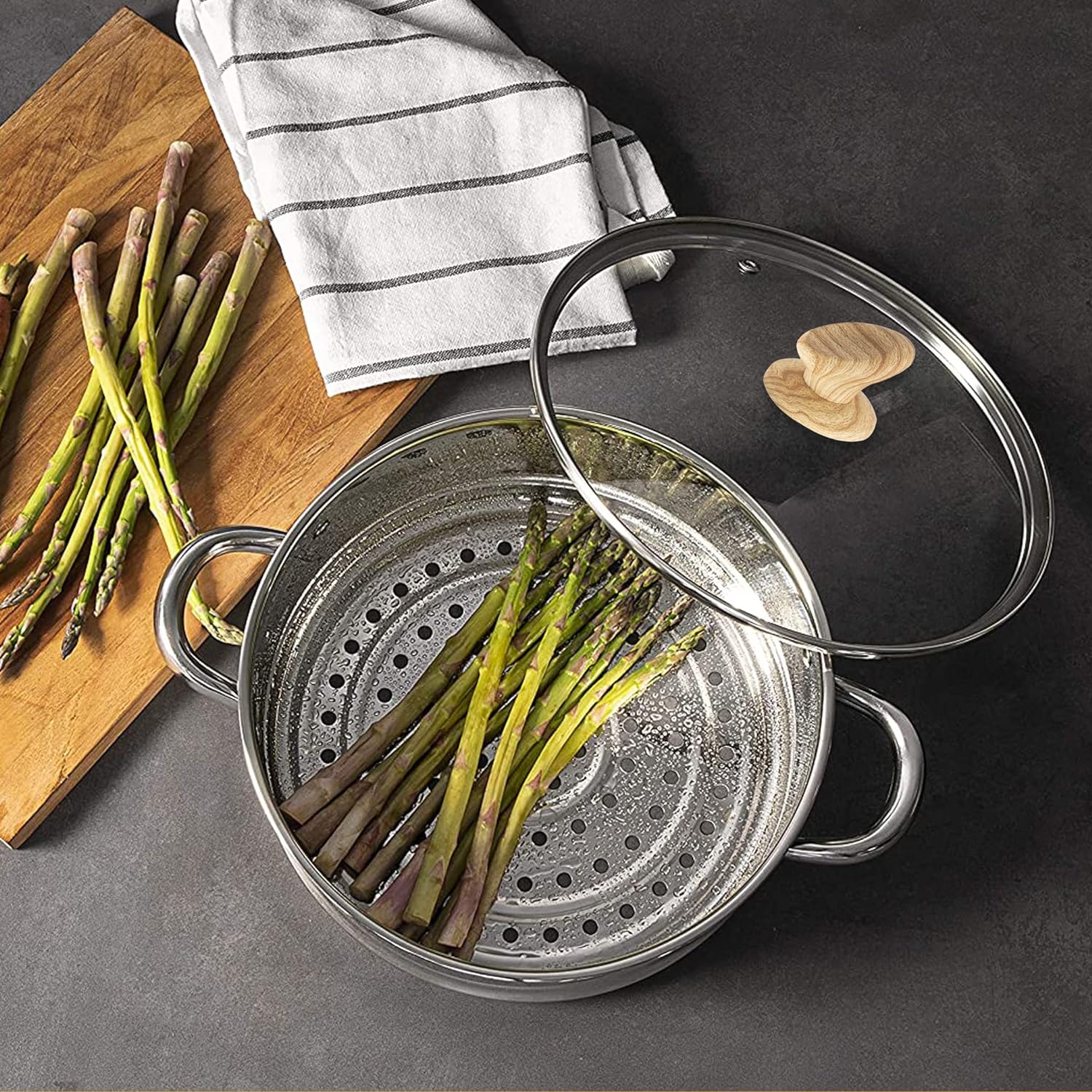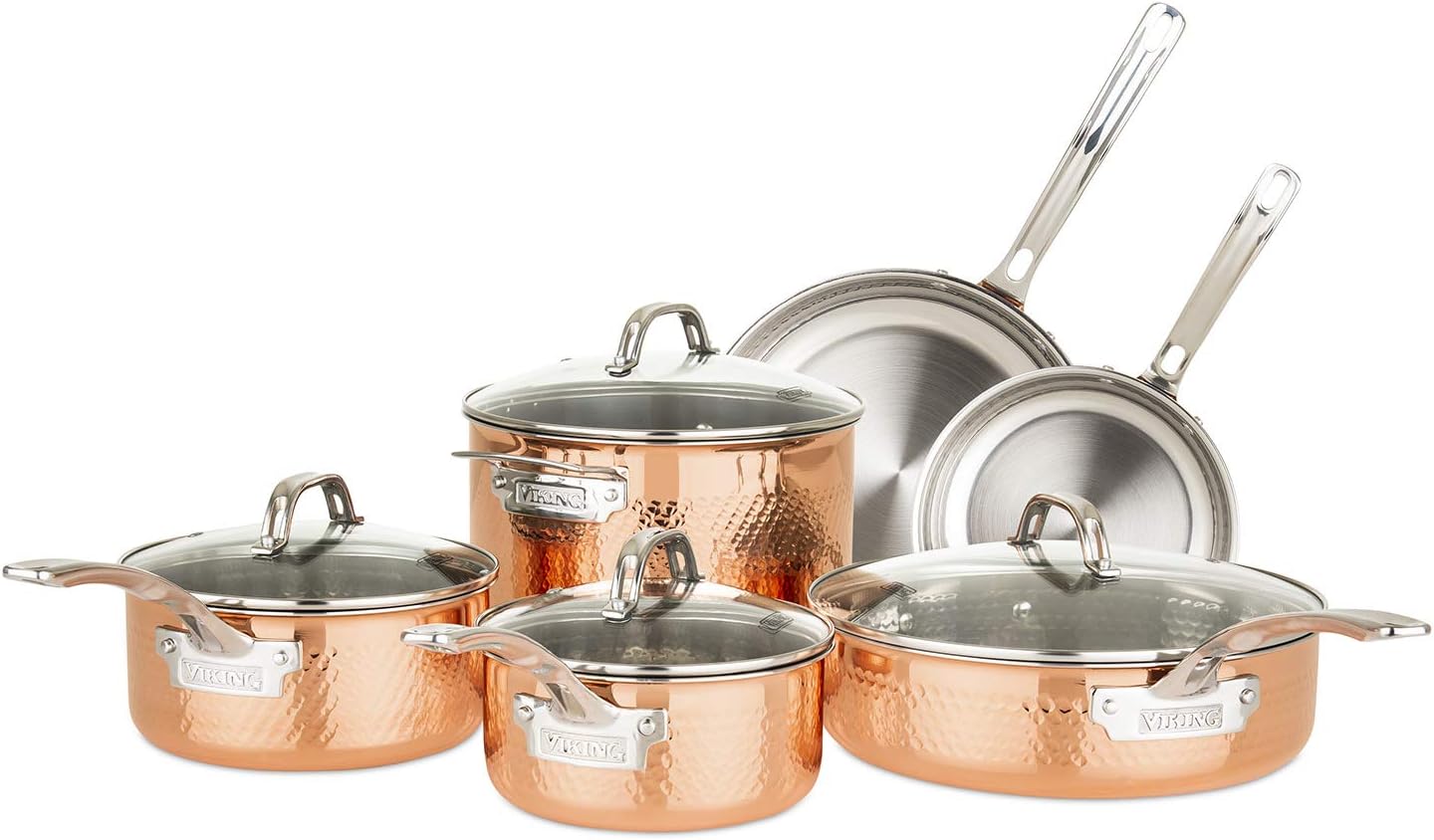Did you know that the type of cookware you use can have an impact on your health? One material that has been gaining popularity in kitchens around the world is copper. But is cooking with copper pans really healthy? In this article, we will explore the potential health benefits and risks associated with using copper cookware. From its impressive heat conductivity to its potential for copper toxicity, we will examine all the essential aspects you need to consider before swapping out your old pots and pans for shiny copper ones. So, if you’ve ever wondered whether cooking with copper pans is good for your health, read on to find out more.
Copper Pans and Health Risks
Toxicity of Copper
When it comes to cooking with copper pans, one of the major concerns is the potential toxicity of copper. Copper is a heavy metal and, if ingested in large amounts, can be harmful to your health. High levels of copper in the body have been linked to various health issues, such as liver damage, kidney problems, and even neurological disorders.
However, it’s worth noting that the risk of copper toxicity from cooking with copper pans is relatively low. Copper toxicity usually occurs when copper-containing acidic foods or liquids are stored in copper vessels for extended periods, which allows the metal to leach into the food or drink. The amount of copper that leaches into the food during regular cooking is minimal and unlikely to cause any significant health problems.
Copper Allergy
Another potential health risk associated with cooking with copper pans is the possibility of a copper allergy. While rare, some individuals may be allergic to copper and may experience adverse reactions when in contact with copper cookware. Symptoms of a copper allergy can range from skin rashes and itching to more severe conditions, such as difficulty breathing. If you suspect that you might be allergic to copper, it’s advisable to consult with a healthcare professional before using copper pans for cooking.
Copper Leaching into Food
The concern over copper pans’ safety stems from the worry that copper might leach into the food during the cooking process, thereby increasing copper intake. While this is valid to some extent, it’s important to note that not all foods are equally reactive with copper. Acidic ingredients, such as tomatoes, vinegar, or citrus fruits, have a higher potential to react with the copper surface and cause leaching. To reduce the risk of copper leaching, it’s recommended to avoid cooking highly acidic foods in bare copper pans for long periods. Instead, consider using copper pans lined with a non-reactive material, which we’ll discuss further in the tips section.
Benefits of Cooking with Copper Pans
Even Heat Distribution
One of the most significant advantages of cooking with copper pans is their exceptional heat conductivity. Copper is an excellent heat conductor, meaning it quickly and evenly distributes heat across the cooking surface. This allows for more precise and even cooking, reducing the risk of hot spots and ensuring that your food is cooked uniformly. With copper pans, you can say goodbye to unevenly cooked meals and hello to perfectly cooked dishes every time.
Precise Temperature Control
In addition to its excellent heat conductivity, copper pans also offer precise temperature control. Copper pans respond rapidly to changes in heat, allowing you to adjust the temperature with precision. Whether you need to quickly lower the heat to avoid burning delicate foods or increase it for a perfect sear, copper pans provide the responsiveness you need in the kitchen. With copper pans, you have better control over your cooking, providing you with the ability to achieve the desired results every time.
Reduced Cooking Time
Due to their superior heat conductivity and precise temperature control, copper pans can significantly reduce cooking time. The efficient heat distribution ensures that food cooks evenly and quickly, saving you precious minutes in the kitchen. Whether it’s searing a steak or simmering a sauce, copper pans excel at speeding up the cooking process while maintaining the quality and taste of your food. With copper pans, you can enjoy delicious meals without spending excessive time in front of the stove.
Tips for Safe Cooking with Copper Pans
Season the Pan before Use
Before you start cooking with your new copper pan, it’s essential to season it properly. Seasoning helps create a natural, non-stick surface and reduces the likelihood of food sticking to the pan. To season your copper pan, start by washing it with warm, soapy water to remove any manufacturing residues. Then, apply a thin layer of vegetable oil to the entire cooking surface, including the sides. Heat the pan on low to medium heat for about 10 minutes, allowing the oil to bond with the copper. Once cooled, wipe away any excess oil, and your pan is ready to use.
Avoid Acidic Foods
To minimize the risk of copper leaching into your food, it’s advisable to avoid cooking highly acidic foods in bare copper pans for extended periods. Acidic ingredients can accelerate the reaction between the food and the copper surface, leading to increased copper intake. Instead, opt for stainless steel-lined copper pans or use a non-reactive coating, such as tin or stainless steel, to separate the food from the bare copper. By avoiding acidic foods or using non-reactive linings, you can ensure the safety of your cooking while still enjoying the benefits of copper pans.
Use the Pan with a Non-Reactive Lining
If you’re concerned about the potential health risks associated with direct contact between the food and the copper surface, consider using copper pans with a non-reactive lining. Non-reactive linings, such as stainless steel or tin, create a barrier between the food and the copper, reducing the chances of copper leaching into your meals. However, it’s important to note that the effectiveness and durability of these linings may vary, so it’s crucial to choose high-quality copper pans with reliable linings from reputable brands.
Alternatives to Copper Pans
Stainless Steel Pans
If you prefer to avoid using copper pans altogether, stainless steel pans are an excellent alternative. Stainless steel offers many benefits, including durability, stain resistance, and non-reactivity with food. It heats up evenly and retains heat well, making it a popular choice among both professional chefs and home cooks. While stainless steel may not have the same heat conductivity as copper, it still provides reliable and consistent results in the kitchen.
Cast Iron Pans
Another alternative to consider is cast iron pans. Cast iron is known for its exceptional heat retention properties, making it ideal for dishes that require long cooking times or high-temperature searing. While cast iron pans require regular seasoning to maintain their non-stick properties, they offer excellent durability and versatility. With proper care, a cast iron pan can be a lifelong kitchen companion.
Ceramic Pans
For those seeking a non-stick option without the potential health concerns of traditional non-stick coatings, ceramic pans are worth exploring. Ceramic non-stick pans use a natural ceramic coating that is free from harmful chemicals like PFOA and PTFE. They provide a non-stick cooking surface while still allowing for even heat distribution. Although ceramic pans are not as durable as copper or stainless steel, they offer a healthy and eco-friendly alternative for everyday cooking.
In conclusion, cooking with copper pans can be a safe and beneficial cooking method if proper precautions are taken. While copper toxicity and allergies are valid concerns, the risk of adverse health effects from using copper pans is relatively low. By following the tips for safe cooking, such as seasoning the pan, avoiding acidic foods, and using non-reactive linings, you can enjoy the advantages of copper pans while minimizing potential risks. However, if you still have concerns or prefer alternatives, stainless steel, cast iron, or ceramic pans offer viable options with their own unique benefits. Ultimately, the choice of cookware relies on personal preferences, cooking style, and desired outcomes in the kitchen. So go ahead and confidently explore the world of copper pans, knowing that with proper care, you can enjoy the many advantages they bring to your culinary endeavors.


